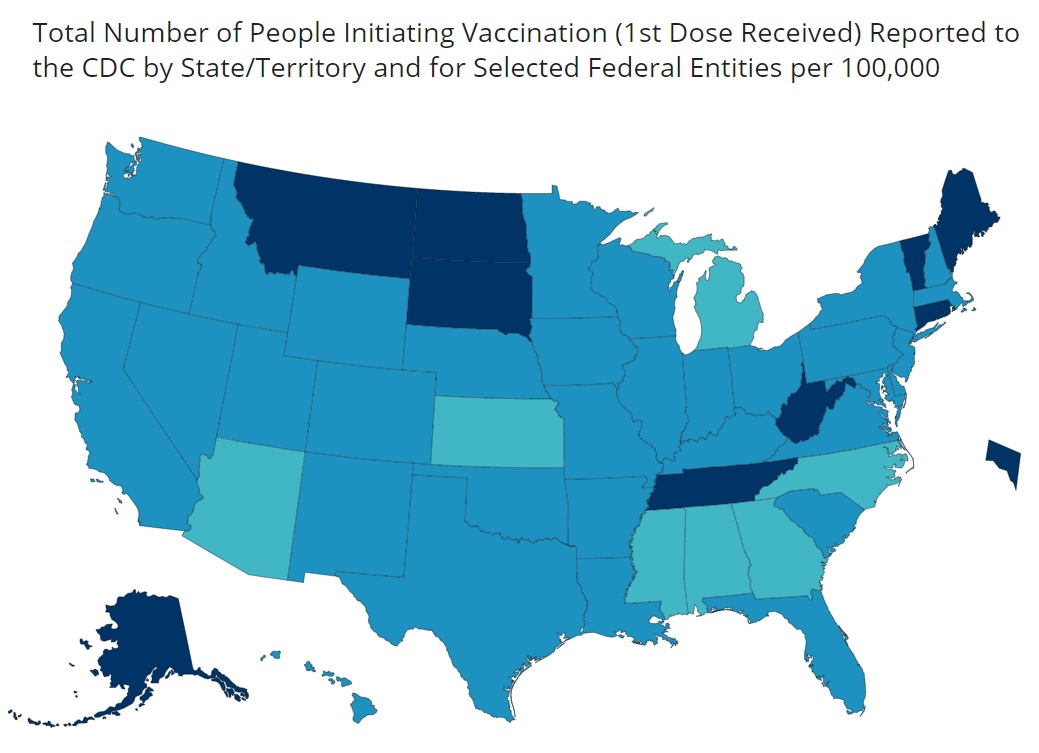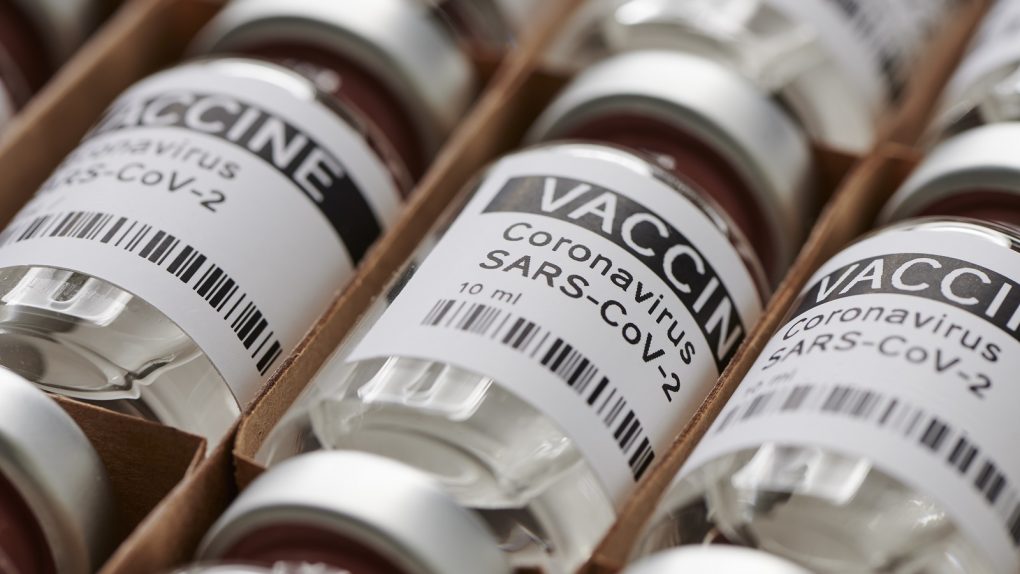- The CDC set up a COVID Data Tracker that shows how many vaccine doses have been distributed in the US and how many doses have been administered.
- As of Monday, January 4th, more than 15 million doses have arrived in all 50 states, but just 4.5 million of those doses have actually been administered to patients.
- The CDC plans to update its vaccine tracker every Monday, Wednesday, and Friday.
2020 might finally be behind us, but 2021 isn’t exactly off to the most promising of starts, with the coronavirus vaccine rollout happening far more slowly than expected. Dr. Anthony Fauci, America’s top infectious disease expert, believes that the US can start vaccinating one million people a day in the near future, but as of Monday, January 4th, only 4.5 million Americans had received their first dose of a COVID-19 vaccine — a far cry from the 20 million vaccinations that US officials set out to administer by the end of 2020 as part of Operation Warp Speed.
Unless you work in a hospital, chances are that you haven’t had a chance to get the COVID-19 vaccine yet. You also likely aren’t sure when you’ll have the opportunity to do so, but if want to see how vaccine distribution is progressing, check out this detailed tracker from the Centers for Disease Control and Prevention.
The tracker features an interactive map that illustrates the number of vaccines that have been distributed to each US state as well as the number of people in each state that have received their first dose. Most states were sent between 3,000 and 5,000 doses per 100,000 residents. Over a million doses were distributed to California, Florida, and Texas, respectively, but none of the three have even administered 500,000 of them yet.

As the CDC explains on its website, the distribution of the Pfizer and Moderna COVID-19 vaccines are being tracked. The tracker will be updated every Monday, Wednesday, and Friday at 9:00 a.m. ET. Healthcare providers are required to report doses to local, state, and federal agencies within 72 hours after a dose is administered, at which point it has to be transmitted to the CDC, which means there will always be a significant lag.
The CDC also offers an explanation for the large gap between the number of doses distributed and administered: “A large difference between the number of doses distributed and the number of people initiating vaccination is expected at this point in the COVID vaccination program due to several factors, including delays in reporting of administered doses and management of available vaccine stocks by jurisdictions and federal pharmacy partners.”
Whether or not the COVID-19 vaccine rollout picks up, at least we’ll be able to monitor its progress and have an idea of when the general population will have access to either vaccine. In the meantime, more than 15 million doses have been distributed throughout the US, while just over 4.5 million have been administered.








